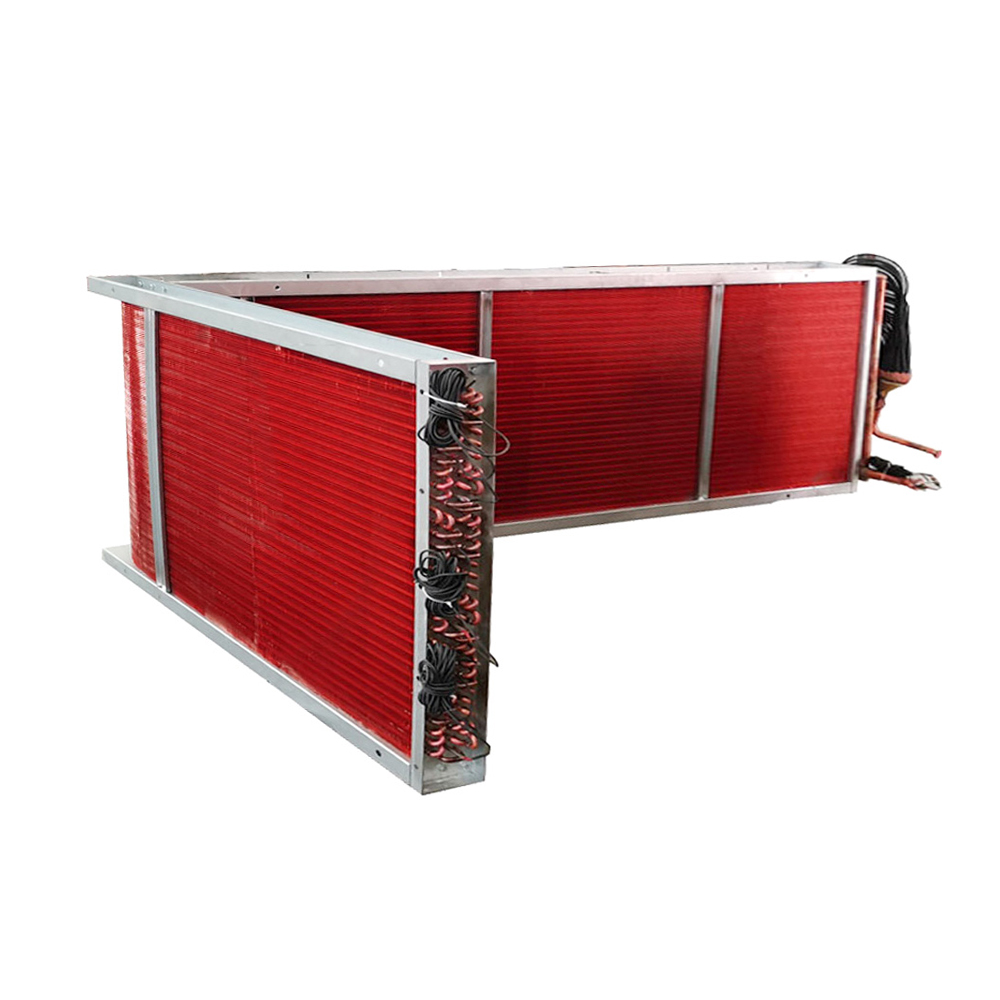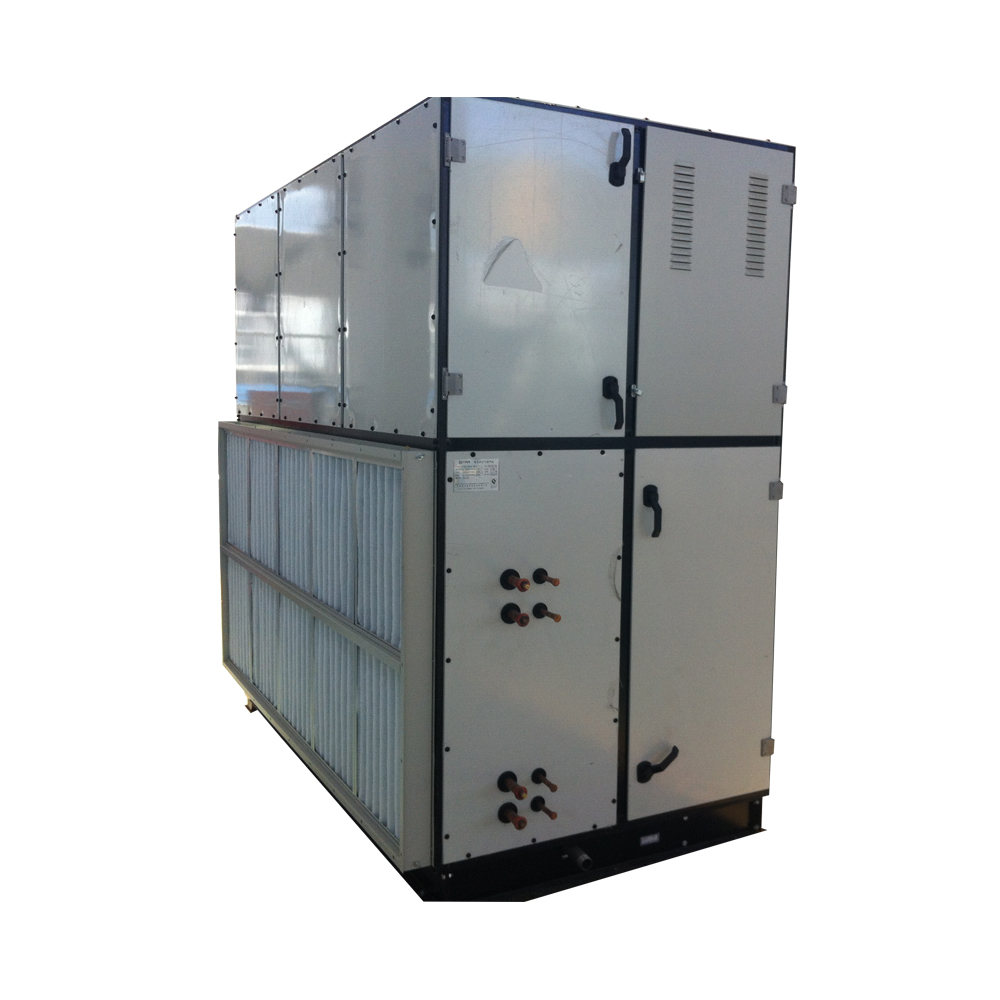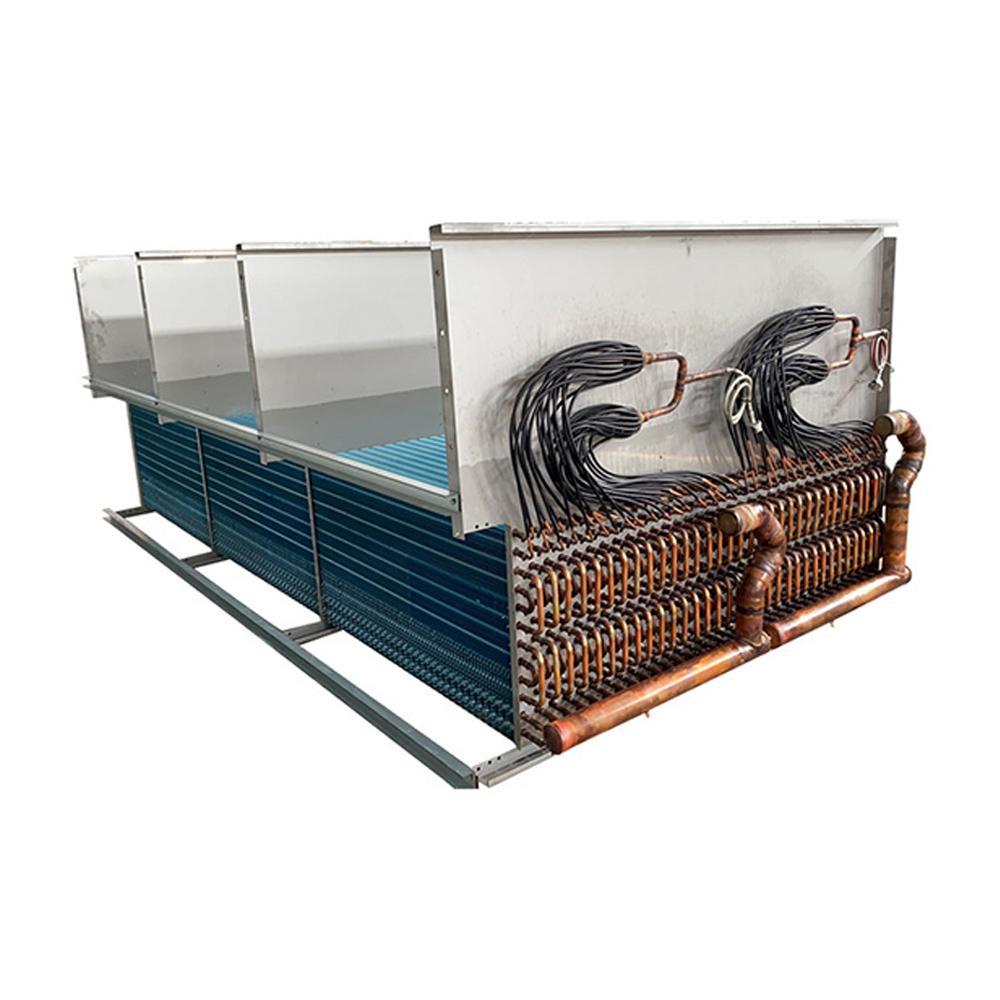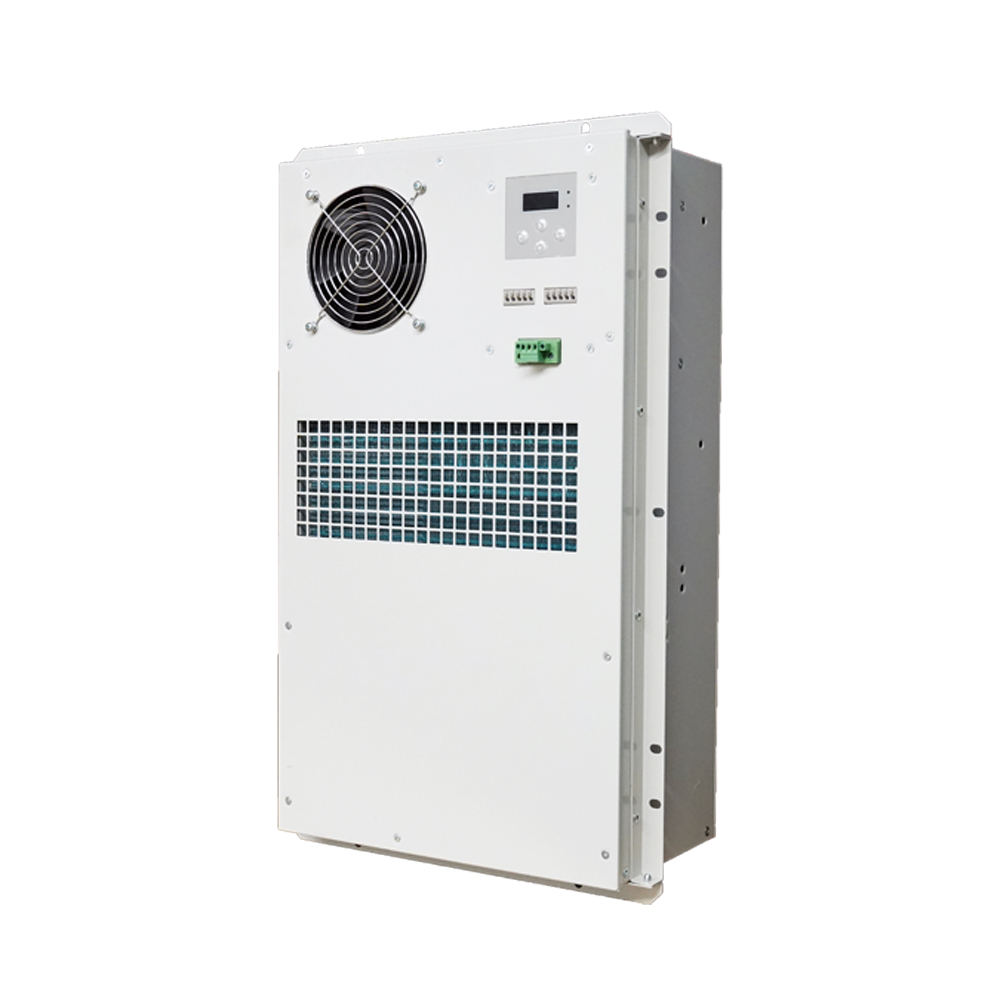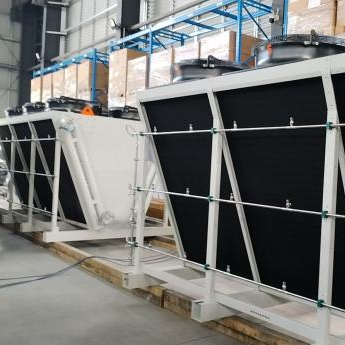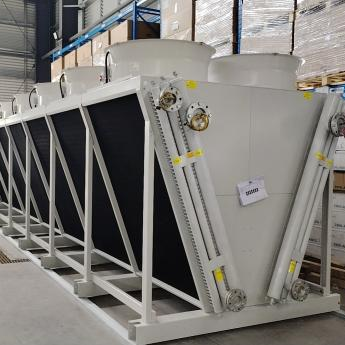In a world striving for sustainability, understanding how specific technologies contribute is crucial. Dry cooler systems, often overshadowed by other cooling methods, offer significant advantages in reducing water consumption and improving energy efficiency. Let’s explore these systems from a practitioner’s perspective, analyzing real experiences and uncovering their true potential.
Understanding Dry Cooler Systems
Dry cooler systems are a type of heat exchanger that utilizes ambient air to cool fluids, typically without the need for additional water sources. This might sound straightforward, but the implications for industries concerned about water usage are profound. Unlike traditional systems, these require less maintenance and provide consistent performance without the recurrent costs of a water supply.
I remember a project in a manufacturing plant where water scarcity was a constant challenge. Implementing a dry cooler system not only reduced dependency on water but significantly cut down operational costs. It might have required an initial investment, but the long-term savings were undeniable.
Technical reliability is another strong suit of dry coolers. They are less prone to the scaling and corrosion issues often seen in evaporative systems. This stability was particularly evident in a case with Shanghai SHENGLIN M&E Technology Co.,Ltd, a powerhouse in cooling technologies. Their products, often detailed on websites like ShenglinCoolers.com, offer insights into robust design aimed at long-term sustainability.
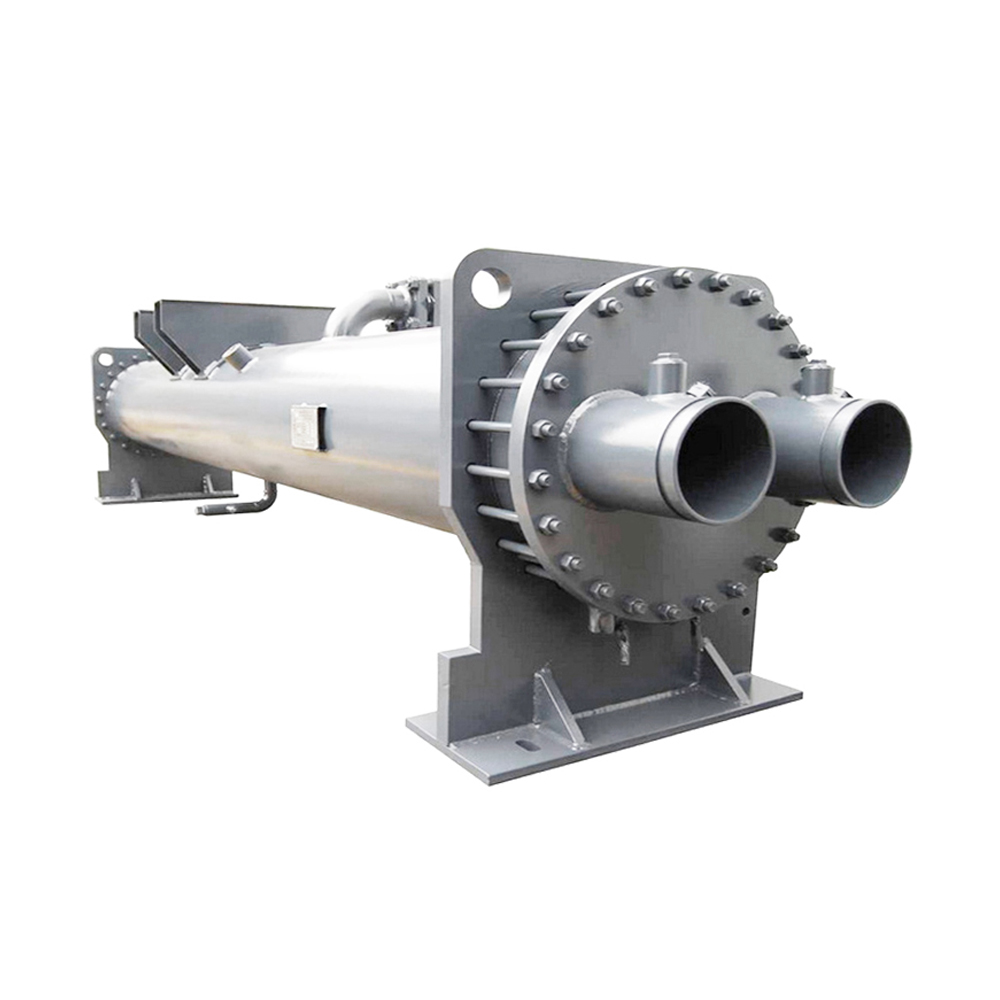
Real-World Challenges and Solutions
Of course, not everything is seamless. During one implementation, an unexpected issue was the ambient air’s temperature variability, especially in regions with extreme climates. Fine-tuning the system to operate efficiently under these conditions required a mix of innovation and experience.
Addressing these challenges involves understanding the local conditions thoroughly. I recall working with a team where integrating weather data into the control systems of the dry cooler provided noticeable improvements in performance. It felt like cracking a sophisticated puzzle.
Yet, even with these hurdles, the adaptation of dry cooler systems continues to expand across various sectors. Their contribution to sustainability is too significant to ignore.
Energy Efficiency Benefits
If we pivot to energy efficiency, dry coolers have similar strengths. They generally consume less energy compared to traditional chillers, primarily because they rely on natural air currents. This makes them particularly attractive for industries committed to reducing their carbon footprint.
A noteworthy illustration is when a company, initially skeptical about the switch due to perceived risks, witnessed a 20% reduction in energy consumption after integrating a dry cooler system—an outcome that transformed their entire approach to energy management.
This efficiency isn’t merely anecdotal; it’s part of why companies like SHENGLIN focus heavily on industrial cooling technologies. Their emphasis on eco-friendly designs proves that sustainable solutions don’t necessarily come at the cost of efficiency.
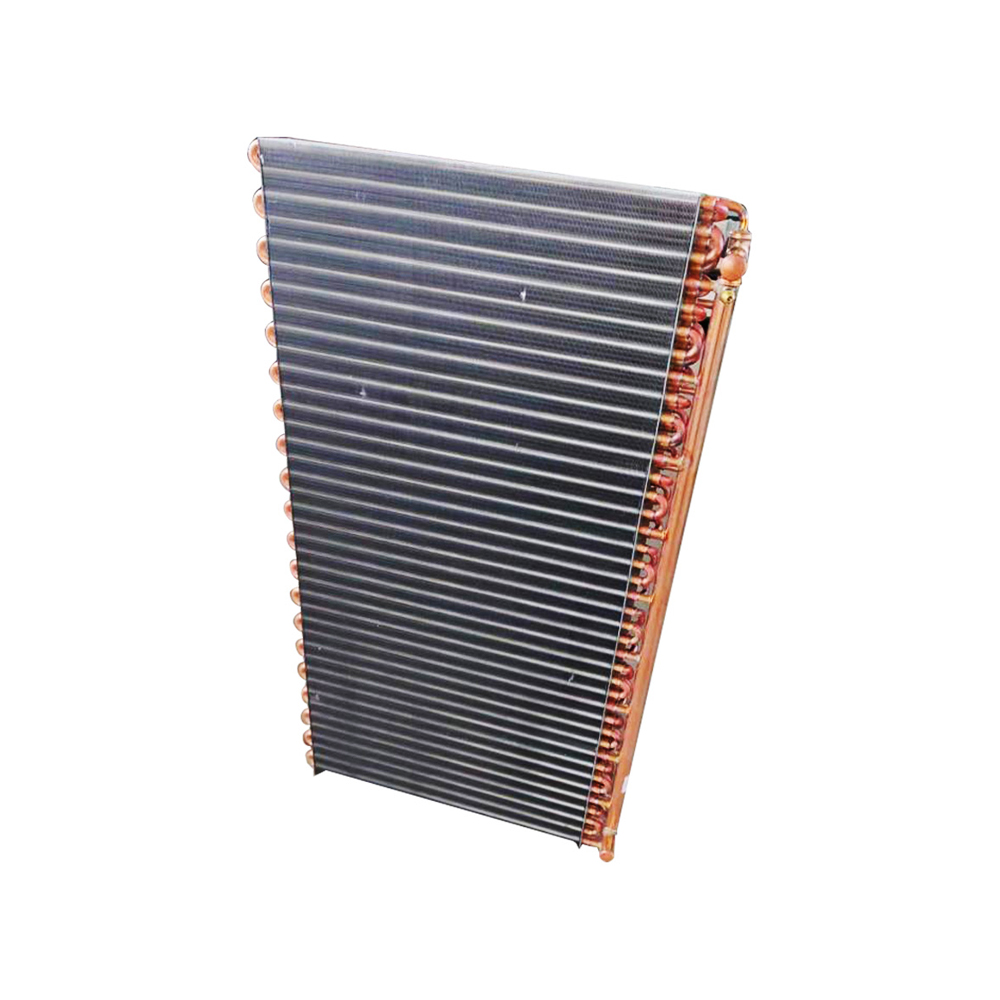
Assessing the Long-Term Impact
In the long run, sustainability through dry cooler systems transcends environmental benefits. It’s about setting a precedent for responsible resource management. The reduced reliance on natural resources not only aligns with regulatory expectations but also builds a positive brand image.
Think of it this way: As industries grow, the solutions they adopt must scale sustainably. That’s precisely what makes technologies born out of necessity, like these coolers, incredibly valuable. They solve present problems without creating future ones.
The engagement with industrial cooling experts showcases how the demands for more sustainable practices are reshaping the market landscape. This transformation is something I’ve seen evolve over years of working in the field, promising an exciting future for eco-conscious industries.
The Prospects and Pitfalls
Of course, embracing such technology isn’t without its challenges. Market perception, technological limitations, and initial costs can deter some businesses. However, overcoming these obstacles often hinges on the vision of company leadership and their commitment to long-term sustainability goals.
In practical terms, collaborating with technology providers like SHENGLIN can bridge knowledge gaps. Their expertise in industrial cooling technologies, widely accessible online, serves as both a resource and reassurance that sustainable options are viable.
In closing, while no technology is without its drawbacks, the role of dry cooler systems in boosting sustainability stands as a testament to innovation meeting necessity. They represent a step forward for any industry determined to marry operational efficiency with environmental stewardship.











